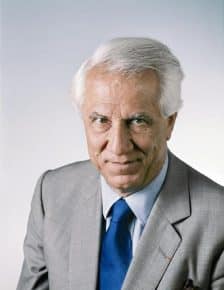Key interest rates, choosing between growth and inflation
Overview
Following the bottleneck of post-Covid-19 production lines, and energy and agricultural shocks caused by Russia’s invasion of the Ukraine, inflation has reached unusual levels. With the fight against inflation as their primary mission and the key interest rate as their main weapon, major central banks – the FED, ECB and Bank of England – have gradually raised their intervention rates to historically high levels, respectively to 5.5 %, 4 % and 5.25 % by the end of 2023. This expected increase in rates has had the desired effect, with inflation falling significantly. But central banks have a delicate role to play in balancing inflation and growth, especially as inflation matters to consumers and citizens as much as, if not more than, growth, according to recent work by Stefanie Stantcheva of Harvard University. Some fear that these successive rate hikes will have adverse effects on growth and employment. This raises several questions: have key interest rates reached a plateau? Will they come down, and when? At the start of the year, bond traders were expecting the US Federal Reserve to cut rates six times this year. Today, with the Federal Reserve’s difficulties in curbing inflation to the desired level, markets are beginning to doubt that a single cut will occur this year.
Speakers

-
Bank of America


Coordinator

Moderator

Photo gallery





















